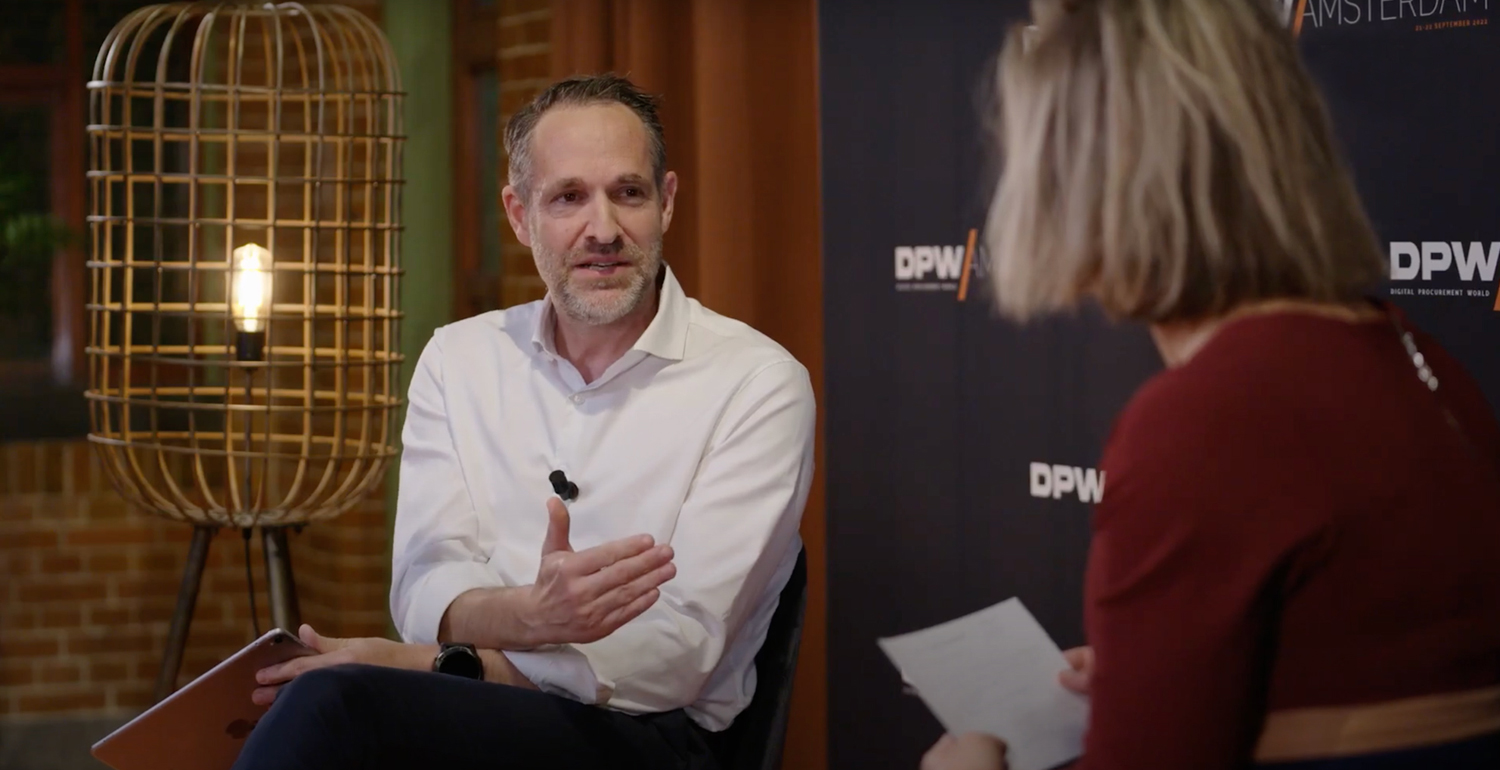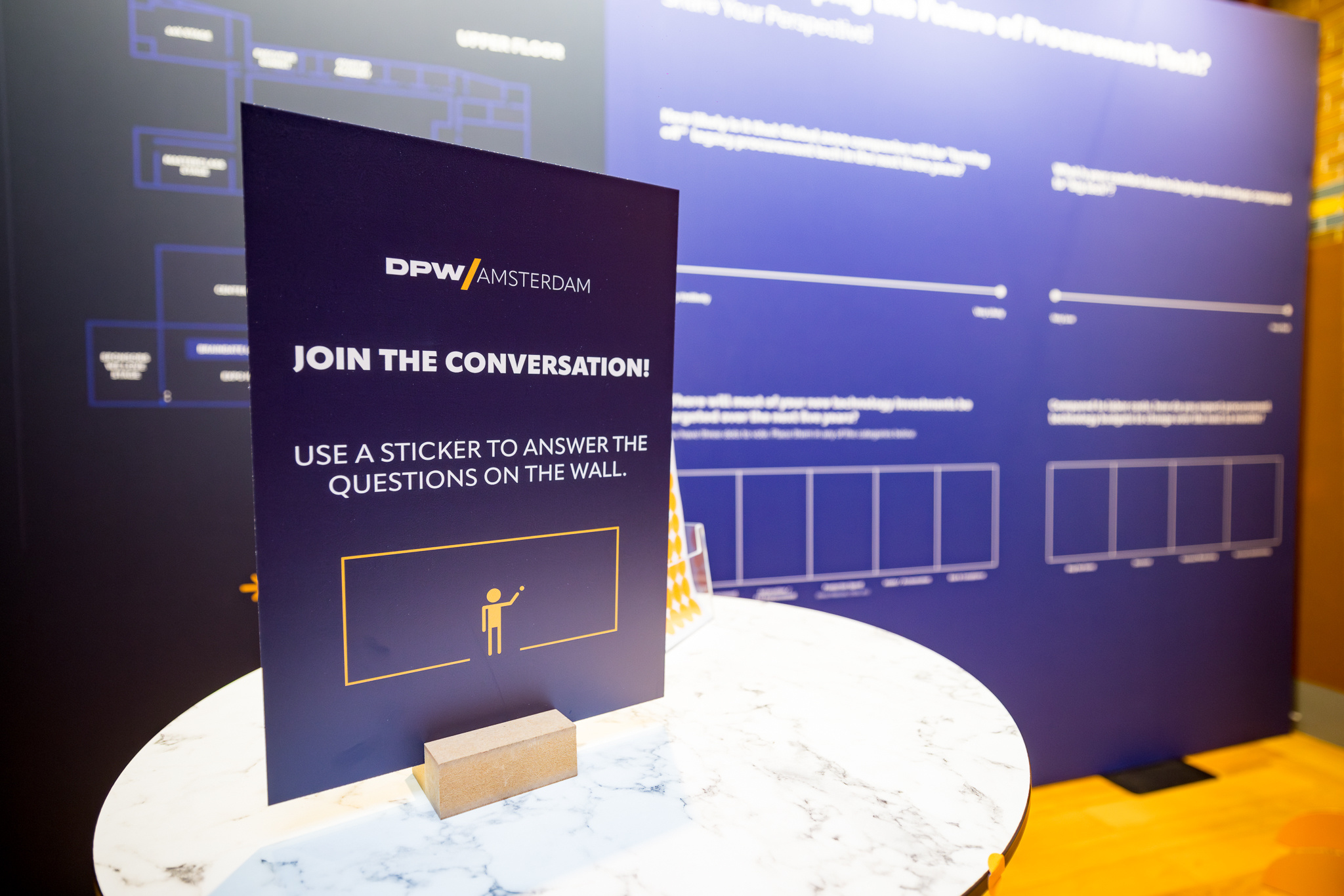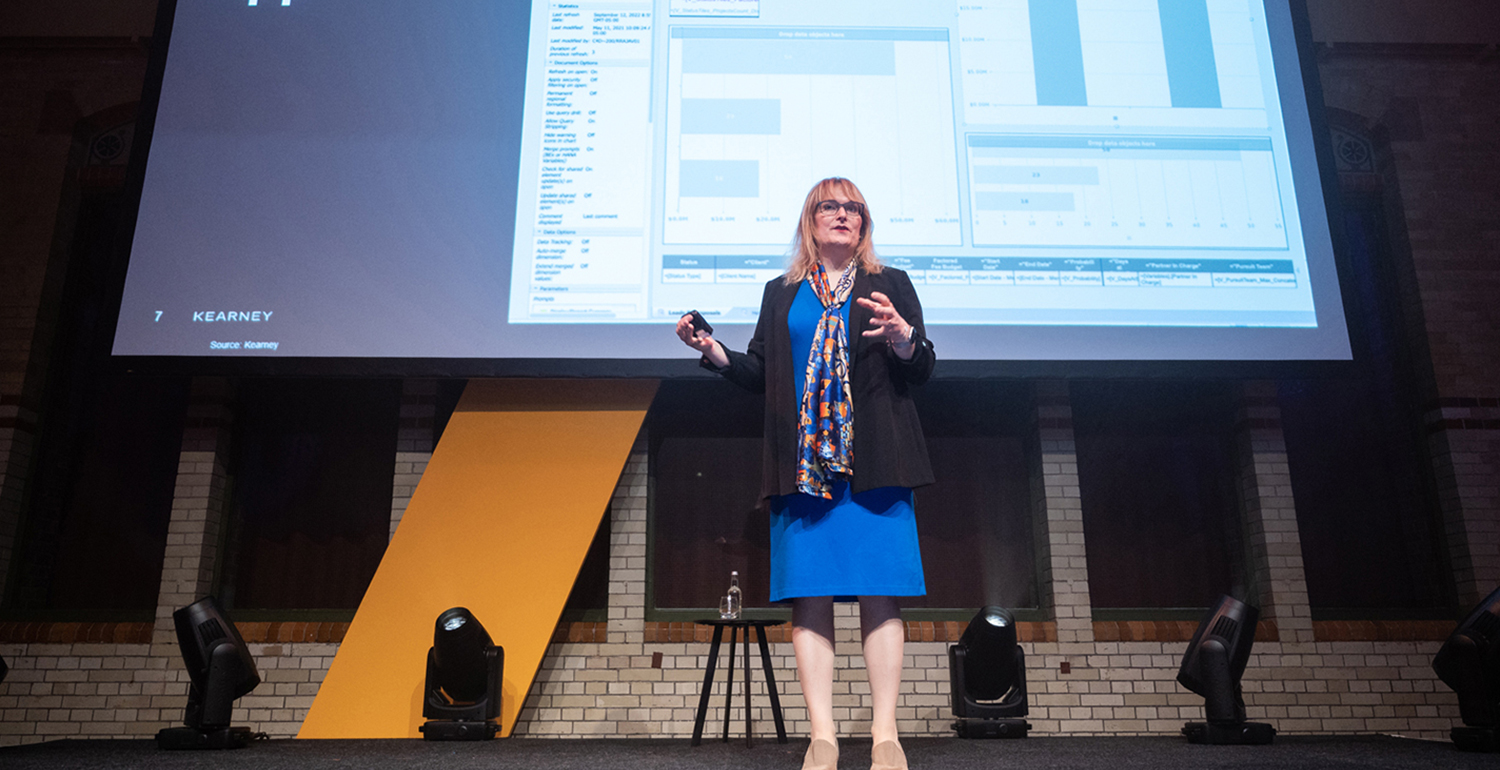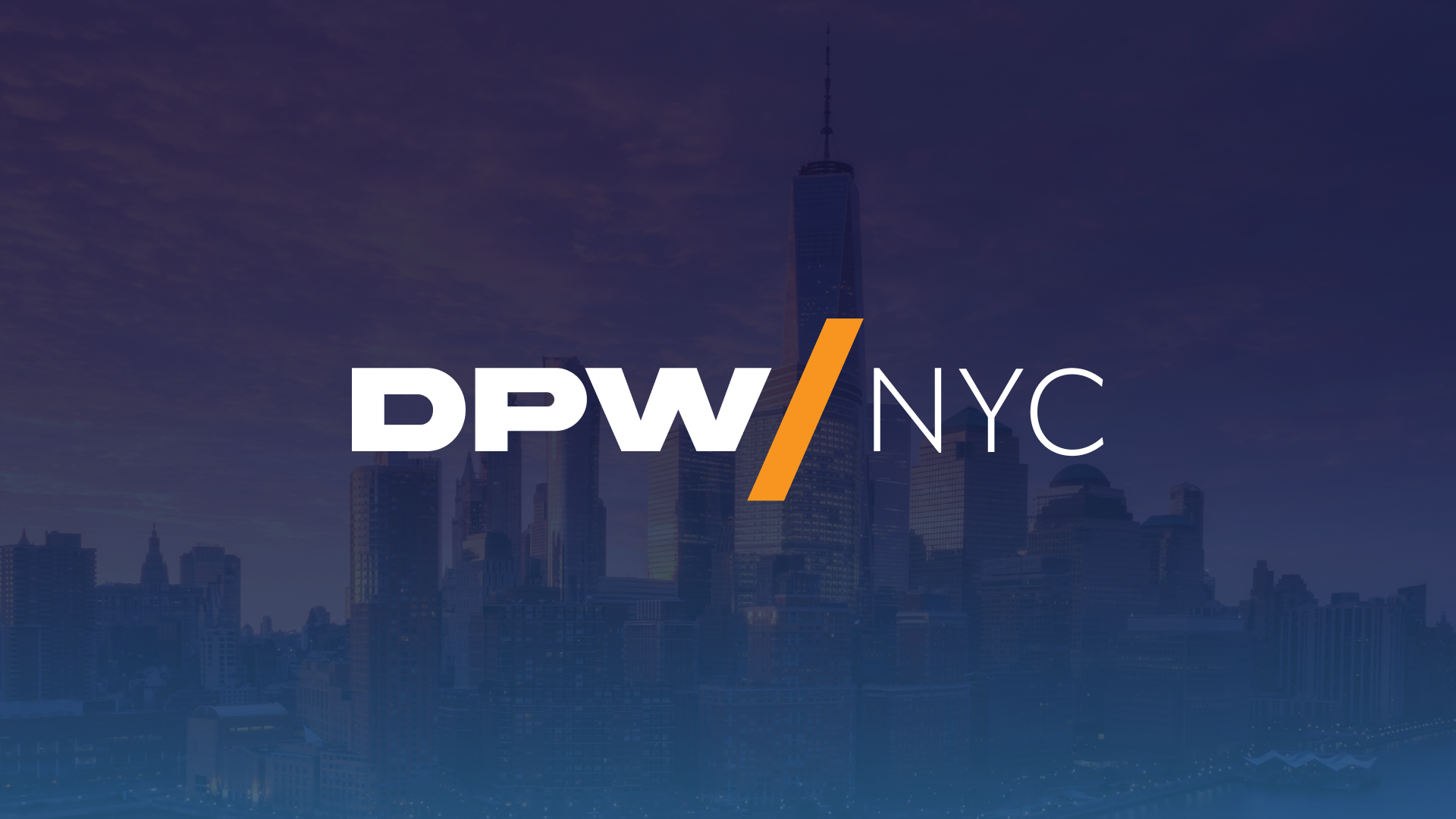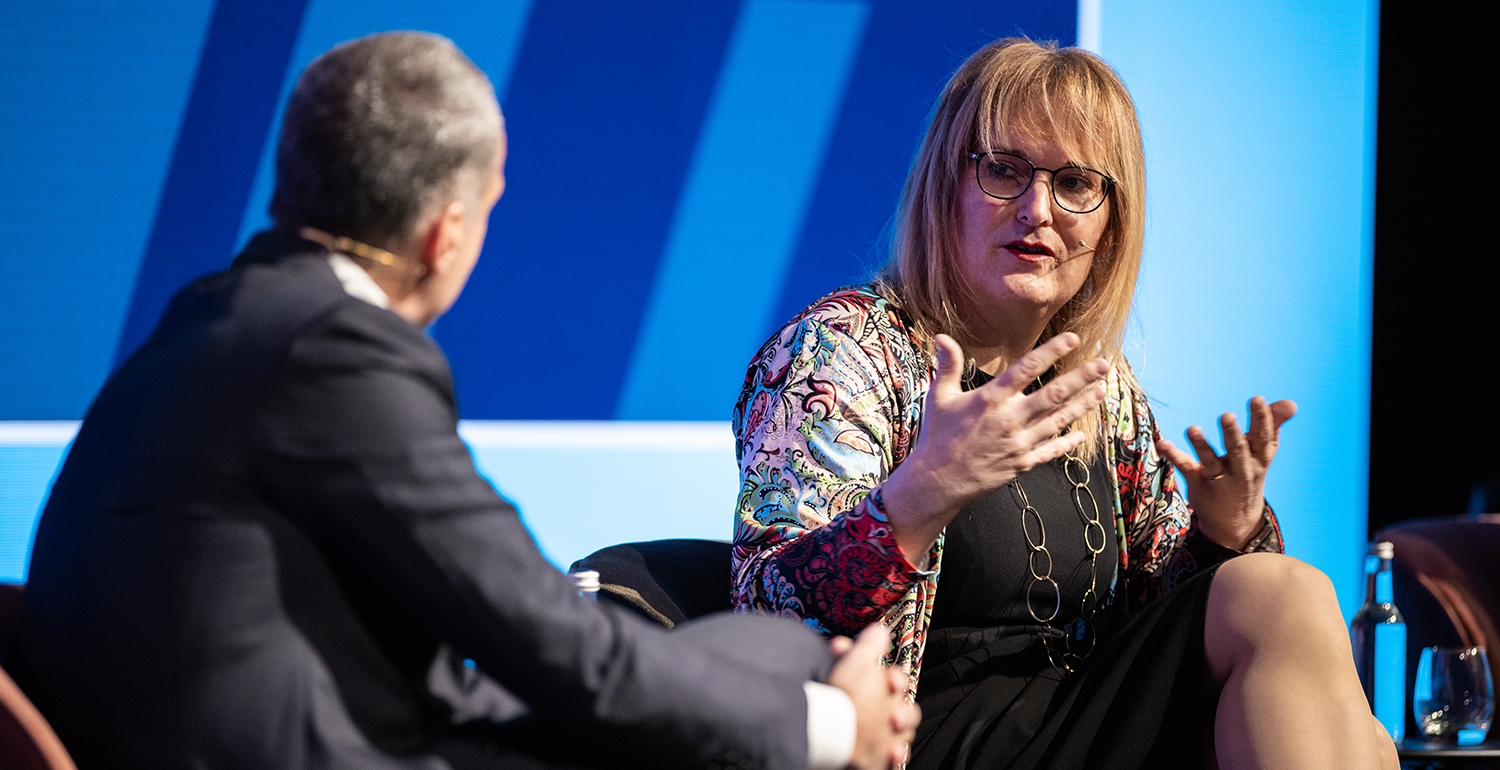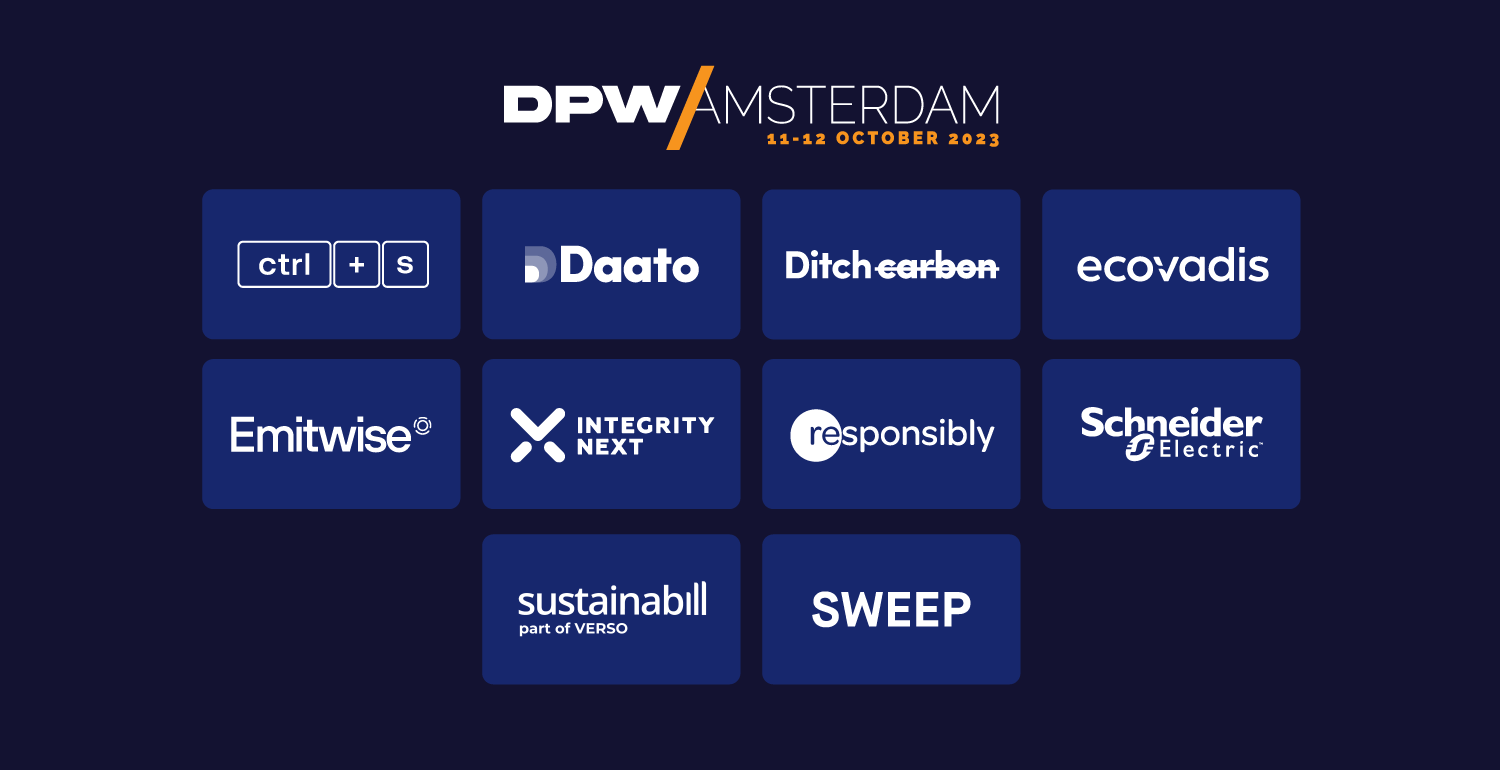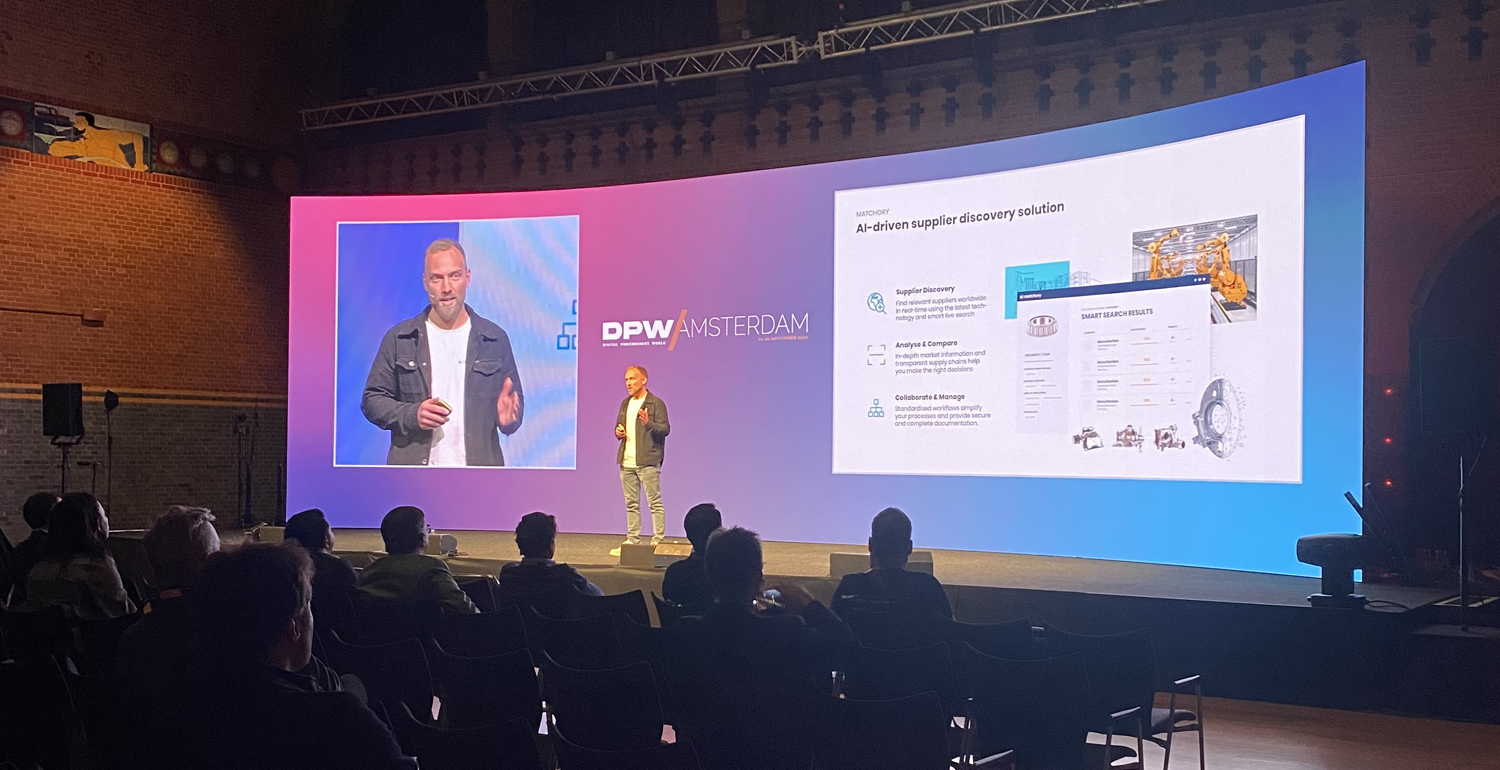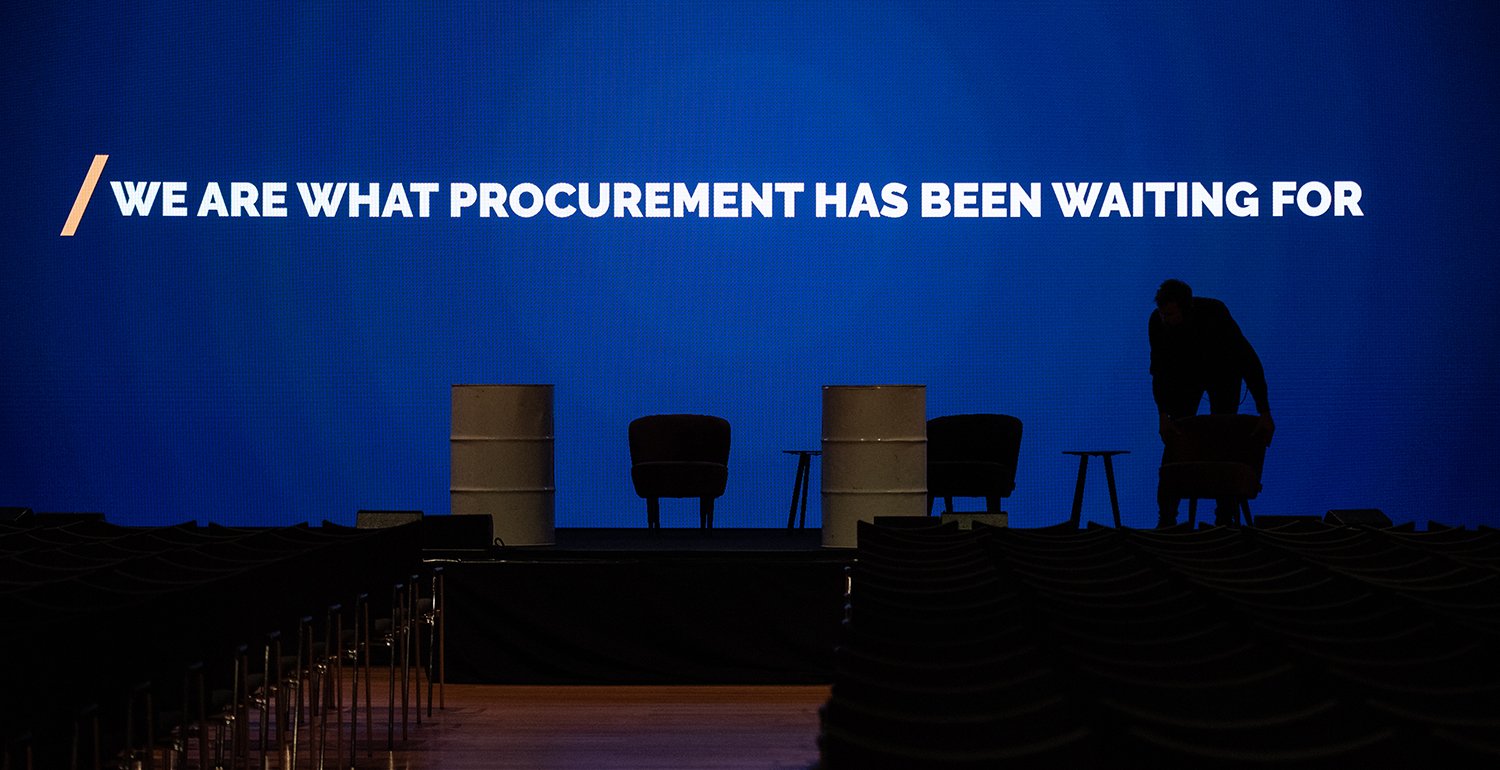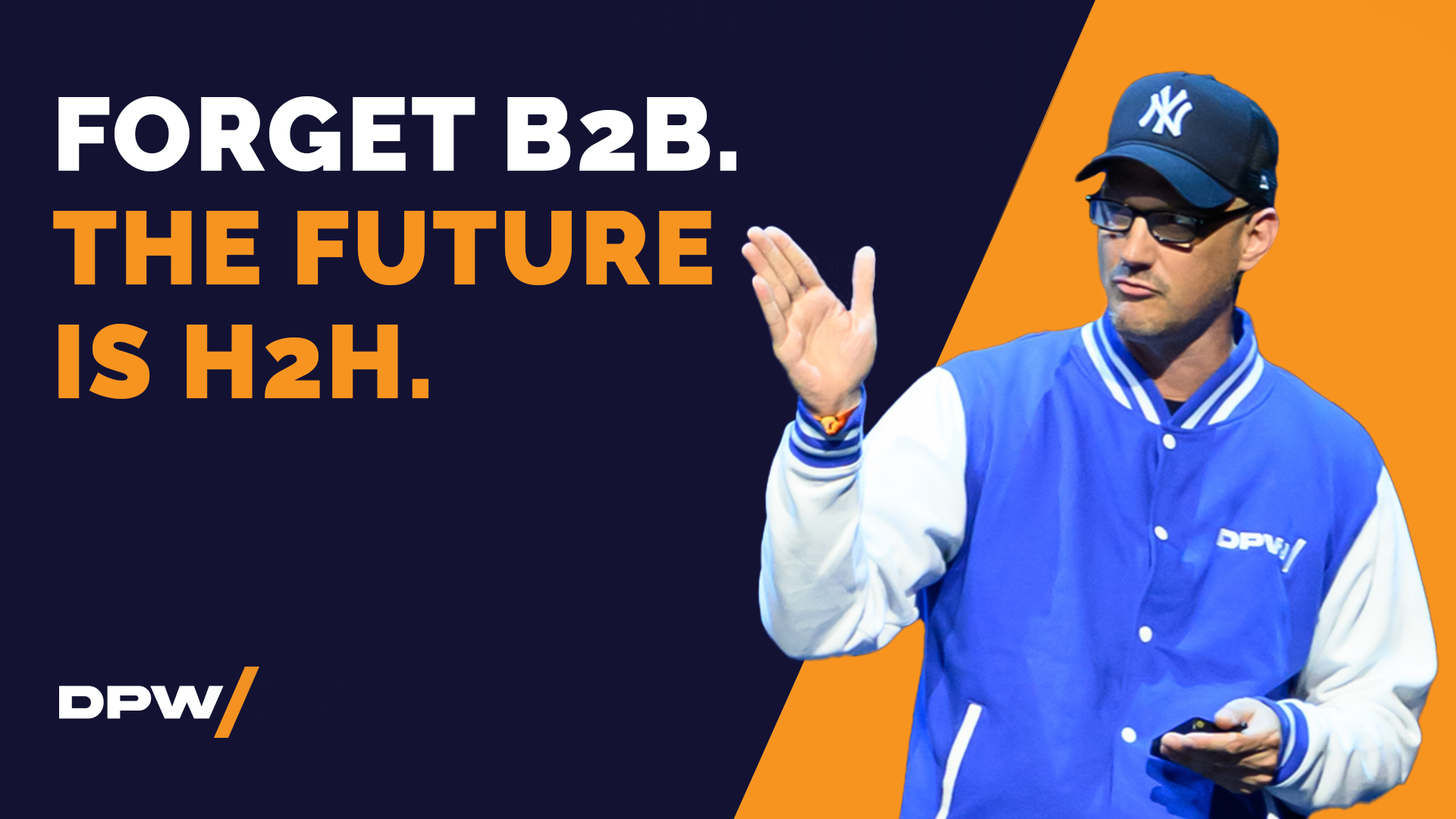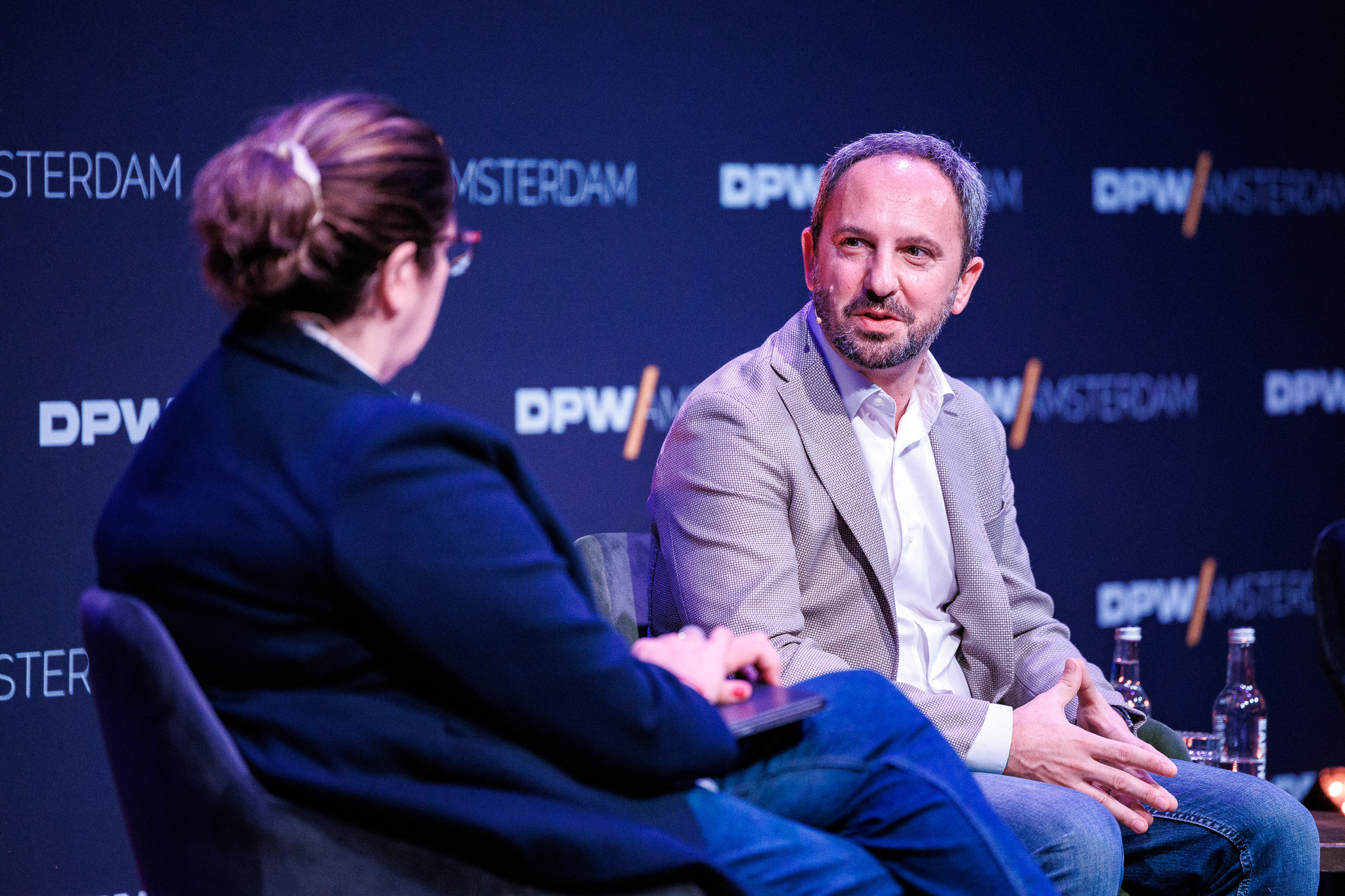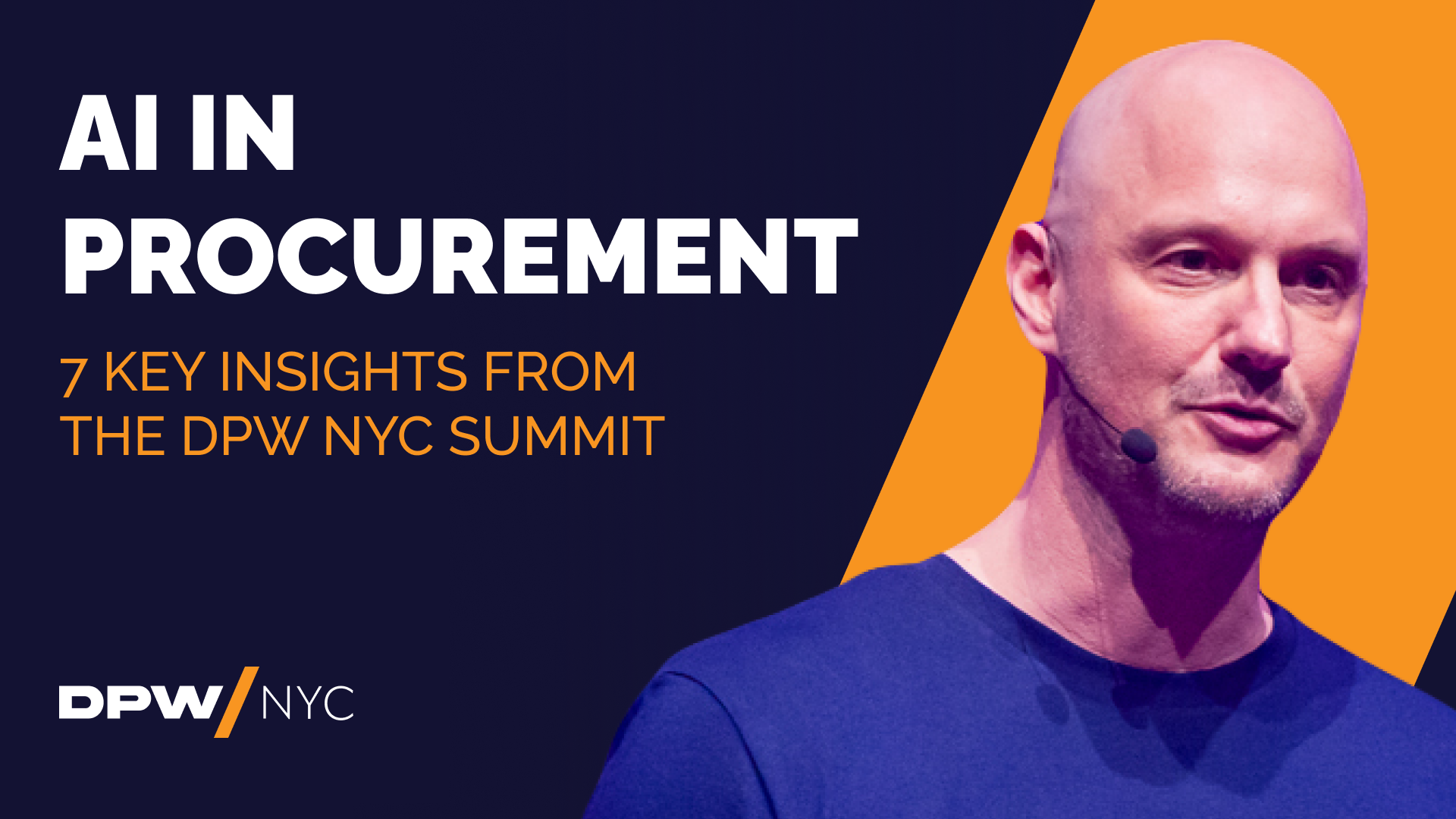Procurement startups gain traction with rising investment, signaling innovation potential.

In this blog post of DPW Startup Stories we talk to procurement entrepreneur and one the industry’s latest rising star, Kevin Frechette. The CEO and co-founder of the venture backed company Fairmarkit embarks on how new digital technologies can finally help companies overcome the challenges of tail spend management, and how his company is disrupting this space.
Why is tail spend management needed? What are the risks of disregarding tail spend?
Frechette: We’ve heard from our customers that tail spend management is needed now because “keeping the lights on” or maintaining the “status quo” in procurement isn’t cutting it anymore. In the previous world, procurement was a back-office function that operated in a some-what blackbox capacity. However, with the expansion of P2P systems, advanced analytics, and third-party risk providers, a spotlight is shining on the procurement space as a whole.
Some procurement teams that are resistant to change are viewing this spotlight as intense scrutiny of their decades of work and organization, as other departments point fingers around inefficiencies in SLA, headcount, pricing – you name it. Innovative procurement teams are viewing this new spotlight as an opportunity to show their true value and ability to drive the organization forward.
I can’t think of any category that was more hidden by legacy processes than tail spend. Like in any market or area, those who have been ignored for a long time typically present the largest upside (and usually fairly quickly with minimal effort).
I’m willing to bet no two people reading this article have the same definition of the word “disregarding” when it comes to tail spend. I’d make the same argument when people are talking about “managing” tail spend because it really boils down to the underlying KPIs or processes that each individual organization has. If you’re not investing in people, processes, or platforms (PPP) when it comes to tail spend management, you’re negatively impacting the following areas:
- Internal end-user experience and efficiencies:
Invest in a platform to do the heavy lifting to empower your end-users. This way, you can get more bids with less manual effort, so buyers are freed up to do more strategic work. - Vendor end-user experience:
Without investing in streamlined processes or platforms, how can you successfully communicate with your vendors or suppliers and give them the tools they need to grow your partnerships with them? This is particularly crucial now as we’ve seen the breakdown of global supply chains. - Supplier risk:
Risks are ever-present, but technology can help mitigate them internally and externally. Predictable, streamlined, and automated sourcing processes mean always-on compliance and built-in transparency. Having alternative vendors readily available when supply chain disruptions occur is paramount. - Actionable analytics:
Arming your team with spend and performance data unlocks negotiating power and gives procurement the ability to act on areas of opportunity. How can they make data-driven decisions without this information? - Cost savings:
In opting not to optimize tail spend, you are leaving money in the tail and on the table. Cash is king so generating cost savings is always important, but especially during this pandemic.
Fairmarkit customers don’t strive to simply manage their tail spend, but rather enhance their people and processes with intelligent platforms to optimize their tail spend (PPP). In a great economy and a stable global environment, most of the above risks are important. Now, factor in the current state of the world and these become critical.

Boston Consulting GroupFirms that use digital to manage tail spend can cut their annual expenditures by 5% to 10%, on average.
Why do many organizations still struggle with managing their “tail spend”? How can this be overcome?
Frechette: Most procurement executives I talk to have made minimal (if any) changes in their tail spend strategy to-date because they have to look at their whole organization annually and make the difficult “effort vs impact” trade-off decision while prioritizing initiatives. They need to do this because the most valuable resource they have is their team’s time (budget does come into play, but typically time is in the highest demand). Historically, if you evaluated a tail spend management initiative with traditional approaches like bid desks, static and dynamic catalogs, GPOs, BPOs, large contracts, or via normal RFP solutions, the math in the projected output did not add up to make it a high priority, so the can was kicked down the road.
One of the biggest reasons all of the above strategies struggle is because tail spend is inherently complex. It’s 20% of your large budget and over 80% of your transactions, so there’s a lot of moving aspects – from disparate teams to different systems, thousands or tens of thousands of purchases, tens of thousands of suppliers with inconsistent naming, changing SKU’s, changing vendor sales reps, poorly described services requests, shortened end user SLA’s…I could go on.
Net-net, the current technologies and processes can certainly help with small buckets of tail spend, but they require more people and effort to achieve a larger impact. Expand that to all the above aspects, and without leveraging technology to get more out of your people and processes, the tail spend management struggle is beyond human scale.
Fairmarkit is the intelligent sourcing platform that empowers organizations to more efficiently purchase the goods and services they need. By equipping procurement and supply-chain teams with automation and data, Fairmarkit promotes competitive bidding while reducing manual work within existing processes. Leveraged by innovative procurement departments across a number of industries, such as Univision, ServiceNow, and the MBTA, Fairmarkit aims to revolutionize the way organizations make purchases.
What are you most passionate about?
Frechette: I am most passionate about helping make other people successful. That stretches from my team in their personal careers to our customers with their KPIs and goals. All Fairmarkit employees, advisors, and investors—the entire team works hard every day to enable new technology, push the boundaries of the way goods and services are being purchased, and deliver value to our customers through our platform. Along those lines, I’m highly passionate about Fairmarkit’s core values being the foundation of the Fairmarkit community. They are Being Super Positive, Be an A+ Player, and Be Team Customer.
Give us one fun fact about you.
Frechette: One fun fact about me is that I interviewed Gene Simons on E! News when I was in college.
For more information about Fairmarkit or to evaluate their solution, please click here.










